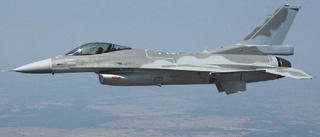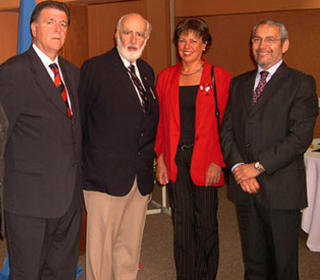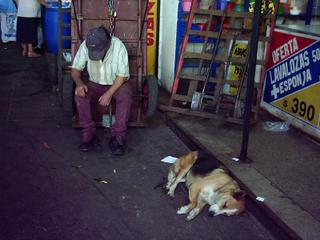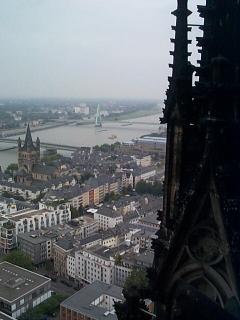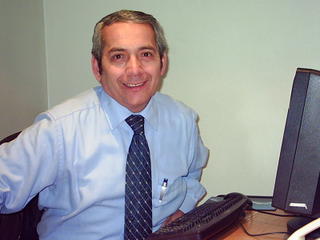
¿Un robot con aspecto humano circulando por mi casa? No lo imagino.
Pero, los japoneses se esfuerzan por construirlos, en la expectativa del negocio. Y han hecho progresos enormes. Por ejemplo, han fabricado una secretaria delgada, joven, de pelo corto y con lentes que habla con su jefe, diríamos, su amo. La mostraron por tv.
Por el momento esa secretaria robot, en el laboratorio de pruebas, es estilizadita. Pero, gran parte de sus mecanismos de movimiento y de potencia permanecen fuera de ese cuerpo gracioso. O sea, siempre conectada. Dicen que sería de proporciones enormes si esos equipos se incorporaran en su cuerpo.
No importa, supongamos que funciona bien y se convierte en una perfecta copia humana.
Es entonces cuando surge un problema inesperado: se parece a un cadáver viviente.
Si no somos capaces de construir el alma para el androide, tendremos que entrenarnos para no morir de espanto viendo cadáveres circulando por todas partes.
------
An android walking in the house
A robot with human aspect walking around in my house? I can't imagine that.
But, in Japan scientists struggle to build them as a good business. And they have made huge progress. For instance, they shaped a thin and young secretary able to speak to her boss, I would say, her master. It was showed on tv.
Until now, in the test lab, this robotic secretary is thin. But, big amounts of the mechanism needed to move and power her are outside of that beautiful body. So, she is always connected. They say that she could be enormous if that mechanism were put in the body.
It doesn’t matter. Let us agree that it works OK and it becomes a perfecta human copy.
Then an unexpected problem arises: it looks like a living corpse.
If we are not able to build the soul for the android, we will have to train for not die of terror seeing corpses walking around everywere.

